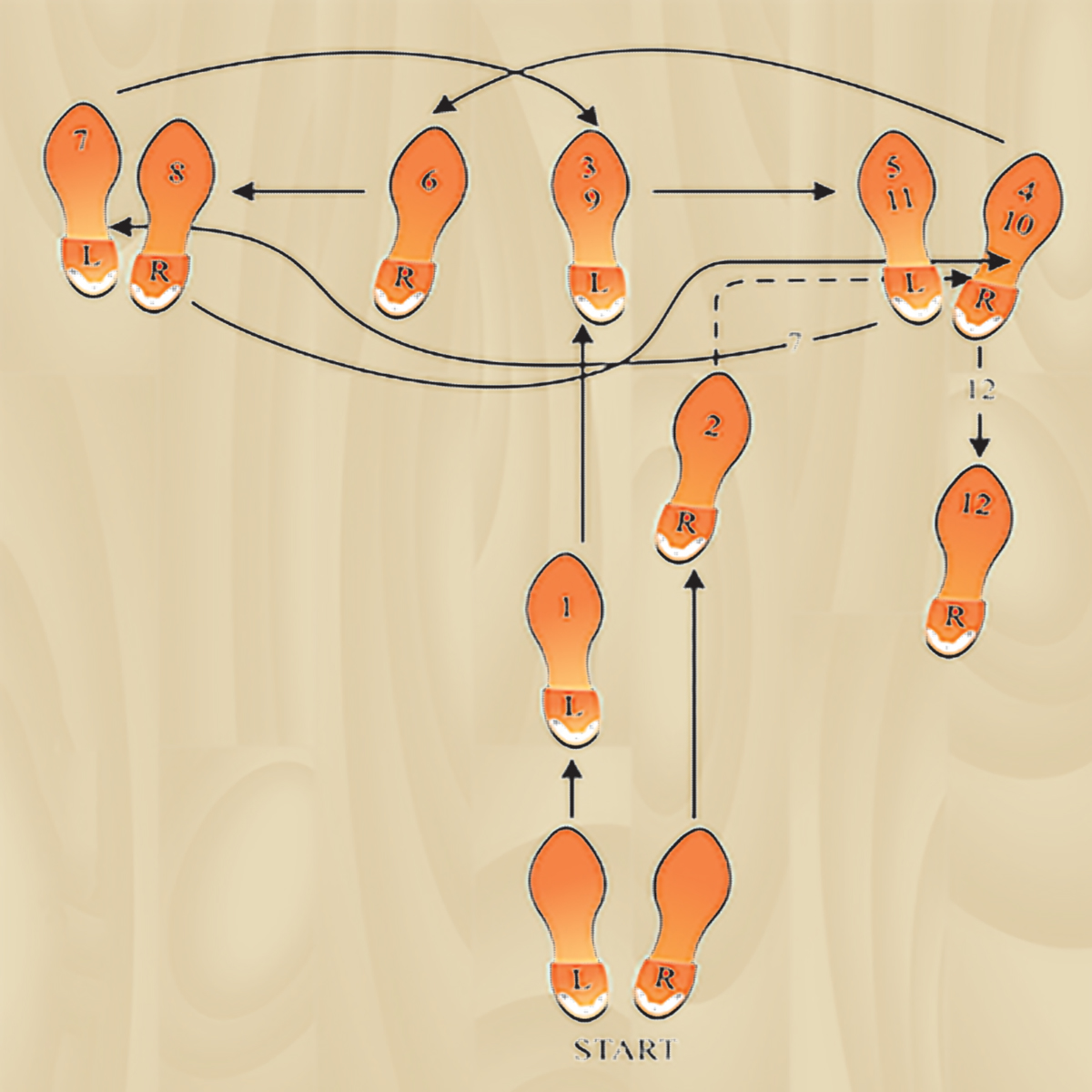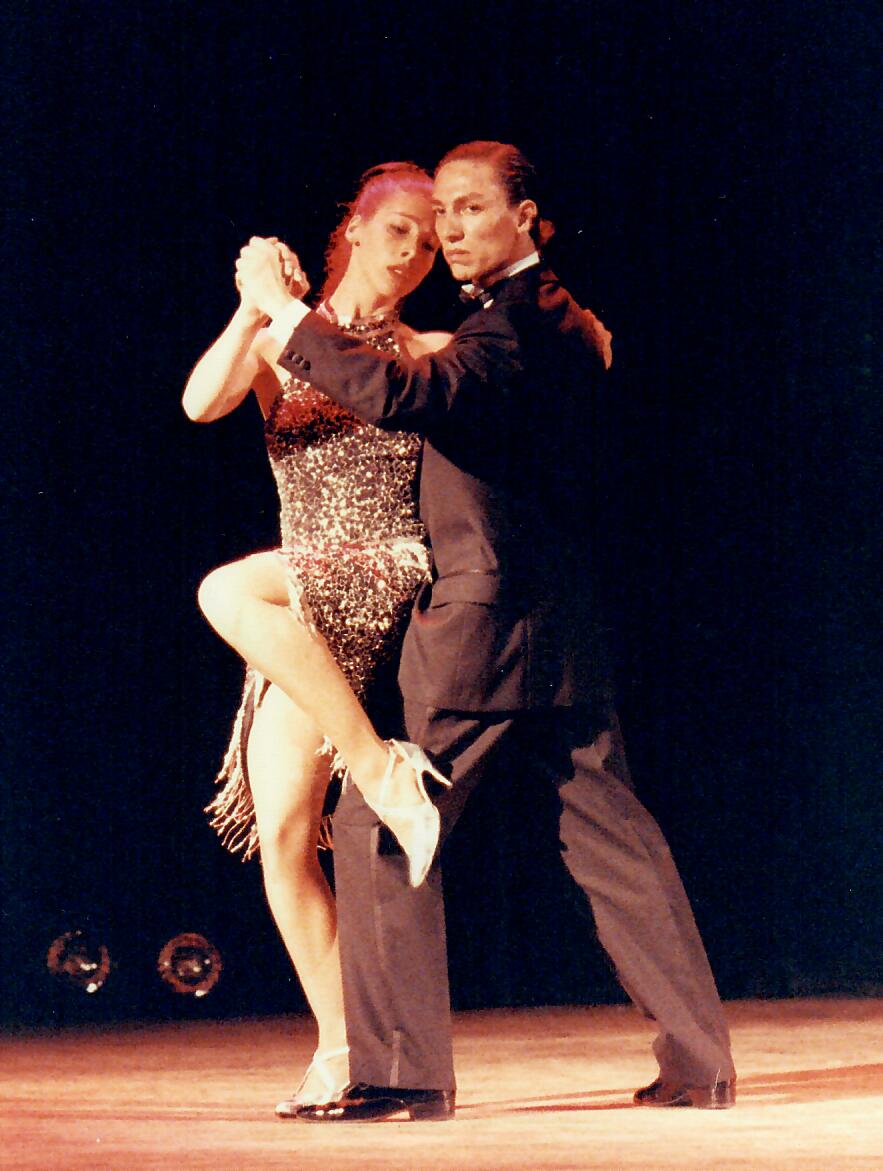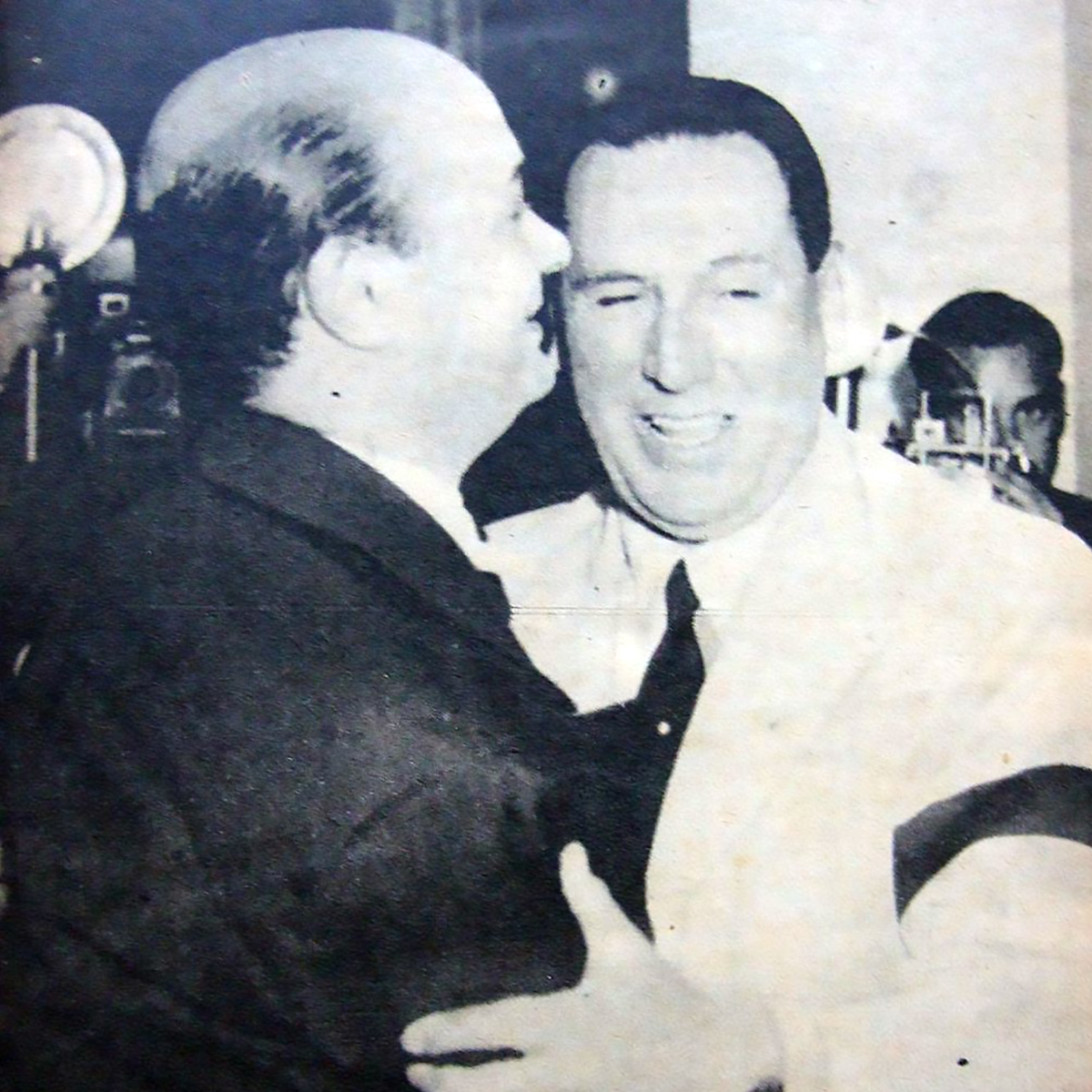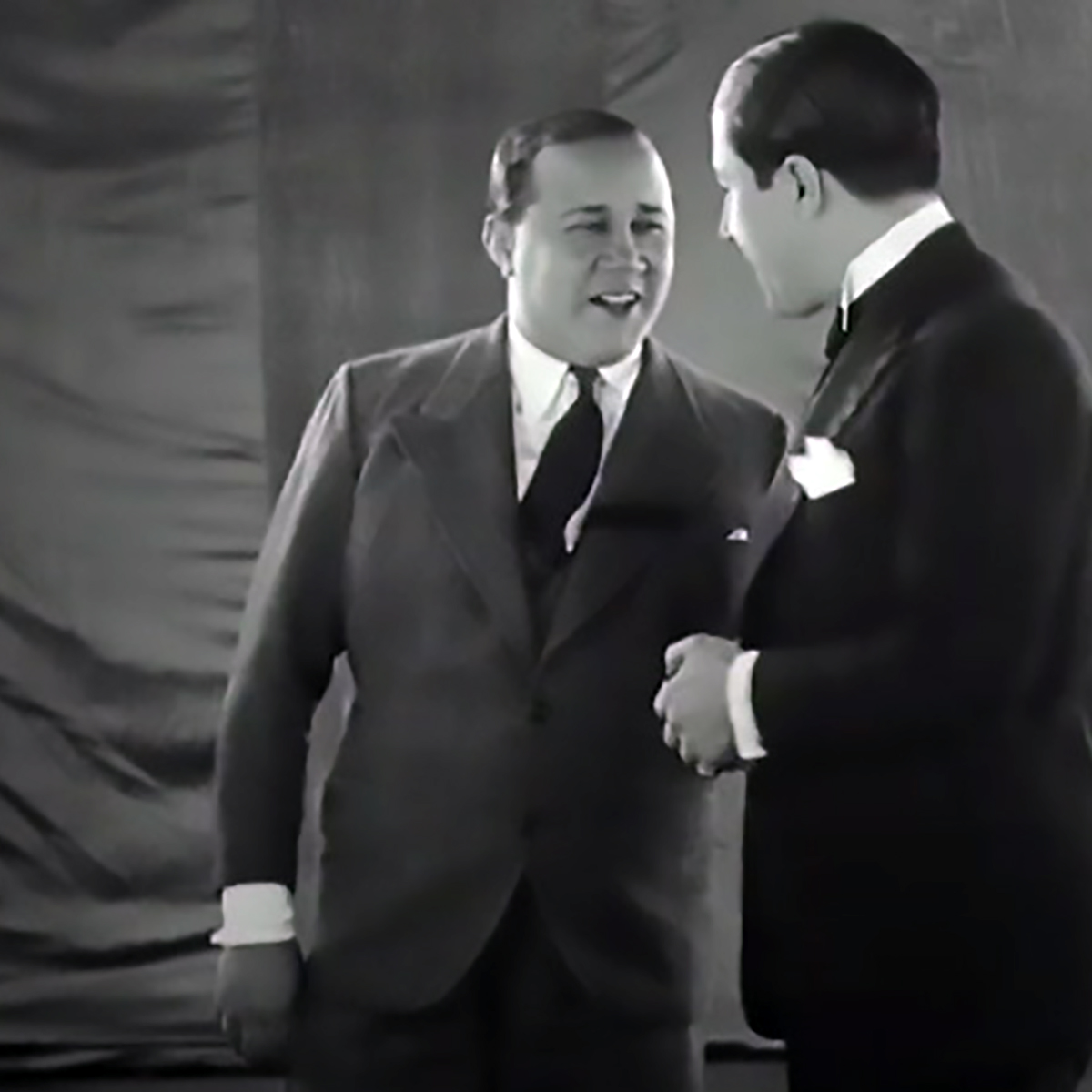
Here are my recommendations to help with your goal of learning to dance Argentine Tango:
Open your mind. While developing the dancer in yourself, you will often be wrong in your valuations. Wait, be patient, pay attention, listen, and watch. That is why you need to trust your teachers. If you like the way they dance, then study with them.
Tip 1: Take classes regularly, and especially private lessons.
Human beings are social. Nothing happens in isolation. The "internet era" may make us believe we can do anything without addressing another human being. It is a false assumption. Behind the virtual walls of the .com enterprises, there are people.
Any activity that you engage in requires interactions with other people. The unique tools that the world wide web and technology, in general, provide us only work when they enhance our relationships with other humans: you need someone you care for and who at the same time cares for you.
This is what classes are: your teacher cares for you, and you care for your teacher with respect, affection, good intentions, mutual generosity, friendship, and the common shared passion for the art of Argentine Tango.
Sometimes, when you come to your first class, you may still not have developed a passion for Tango. In that case, your teacher also teaches you to appreciate and give the correct valuation to this amazing art. Argentine Tango connects you and your teacher and both of you to other students and dancers. It connects you to a culture.
In group classes, you meet others interested in learning about Argentine Tango. They are there for different reasons. What is yours? If your goal is to become a dancer, to integrate yourself and the art of Argentine Tango in a new version of yourself, to be transformed, to make of yourself a work of art, to become a better you, in sum: to be a milonguera or milonguero, you will need to take private lessons. The sooner you take this step, the better.
Group classes are very useful as long as you also combine them with private lessons.
Group classes are beneficial if you combine them with private lessons. In the group class, you will learn about the social aspects of Argentine Tango; you will develop relationships that may help you to experience your first milongas and find friendship, sympathy, and understanding from other people in the same situation.
During private lessons, you can have direct input from an expert on the details that will improve you as a dancer. You are on the right path if you can dance with your teacher during most of the class. The best way, and maybe the only way, to incorporate the many nuanced layers of Argentine Tango is to dance with an experienced milonguero in a private lesson and do it regularly for an extended period. It would be best if you were consistent and constant in your development as a dancer. Avoid gaps and interruptions in your private lessons. Once a week is a minimum you will need to engage in to see results, but two sessions of two hours each every week is optimal.
Words are sometimes not only unnecessary but could also get in the way. As well as the best way to learn a language is to talk in this language with a native speaker who is your teacher and who reveals to you the sparks of culture and everyday life present in the words and the grammar of that language, Argentine Tango, which could be partially compared to a language, will be best revealed to you by dancing with an expert dancer in a private lesson setting, where there is time and space to stop when necessary and direct your and your teacher's attention to what needs it the most.
In a private lesson, words and explanations will appear when necessary to answer your questions and learn to see Argentine Tango from the point of view of your teacher, who has been involved in it much longer than you, has been dancing at milongas for a long time, and is recognized among his peers from Buenos Aires.
Dancing with your teacher is priceless.
Dancing with your teacher, if he is knowledgeable, reliable, and recognized among his milonguero peers, is priceless and the only way to become an authentic Argentine Tango dancer, a milonguera or milonguero.
Explore more:
- I invite you to watch my teachers dancing…
- If you live in the San Francisco Bay Area, you may be interested in my instruction…
- Are you going to Buenos Aires? Visit Escuela de Tango de Buenos Aires there…
Tip 2: Think about Tango. Review details in your mind that are important and make a difference.
You need to integrate movements, attitudes, ideas and emotions into your whole life. That is the way of Argentine Tango.
In every class and private lesson, there will be elements learned: posture, walking to the cadence of Argentine Tango music, connection to your partner through the couple's axis, pivots, ochos, turns, etc.; details pointed out by your teacher: not leaning back, gazing forward and parallel to the floor, touching the floor with the inside edge of your shoe, maintaining your weight on one or both feet, etc.; remarks regarding Argentine Tango music: instrumentation, rhythm, nomenclature, etc.; social aspects of Argentine Tango: line of dance, cabeceo, entering the dance floor, tandas, etc.; the embrace, the way you hold your partner, and many other pieces of information that your teacher shares with you regarding what Argentine Tango is and what dancing means in general.
Review all this in your mind. Integrating these movements, attitudes, ideas, and emotions into your life would be best. That is the way of Argentine Tango.
Explore more:
- I wrote some articles on this subject...
- I also have some recommendations for books, movies, documentaries, and other websites about Argentine Tango...
- Also, you can find videos to review what you learned in class...
Tip 3: Practice every day. You do not need to set a time or commit to long practice sessions. Even a little is good. Anytime, all the time: Tango is Life.
Argentine Tango, when danced well, looks spontaneous.
Argentine Tango, when danced well, looks spontaneous. Such a characteristic is achieved only after lots of practice integrated into your life in a way that does not need to be separated from your everyday activities, from the life that you live every day: your work and profession, your family, your friends, your outings, your workout, etc.
In Buenos Aires, I practiced my moves while waiting for the bus. A student who went to the same gym I used to go to used to practice all her tango moves on the treadmill. My grandparents danced in the kitchen when my grandma cooked dinner and the radio played a tango they liked. You have infinite opportunities to practice Argentine Tango.
Explore more:
- Find some videos to review what you worked on in class...
Tip 4: Listen to music from orchestras of the Golden Era. Those recordings have the cadence that you need to incorporate into your moves. Get to know the songs and become familiar with them.
If you know the music very well, you will be at home in Argentine Tango.
Your goal with learning to dance Argentine Tango is to become a milonguero or milonguero, a person to which dancing Argentine Tango is the spinal cord of their life.
You will regularly go to milongas, preferably in Buenos Aires, to the milongas that care about the "codigos", the nuances in the social aspects of Argentine Tango, which enhance and promote the excellence of the dance.
In the milongas, where quality dancing is the standard, a common element among all the participants is the knowledge of the music. If you know the music very well, you will be at home.
Develop your library of Argentine Tango music and create your playlists, ordering the songs by orchestras, by date of recording, by musicians integrated into these orchestras, by singers, by rhythm, etc. A good exercise is to create a playlist for a milonga. This will challenge you to listen, acquire, and research each song.
Explore more:
- Learn more about and listen to Argentine Tango music...
Tip 5: You are passionate about Tango. This passion is what fuels your growth as a dancer. Focus and direct this passion efficiently.
You dance Argentine Tango to become a better example of a human being.
Sometimes, dancing Argentine Tango is regarded as an addiction. That's not correct. Argentine Tango, as art, as wisdom, is a way for you to become stronger, wiser, more aware, and more present. You dance Argentine Tango to become a better example of a human being.
Like a tool, the results depend on how you handle it. Take care of yourself, as well as take care of Argentine Tango, its past, and its future. You can consider Argentine Tango your home. Be conscious of the way you dispose of it and of the people who share their love for Argentine Tango with you.
Explore more:
- I wrote some articles on this topic...
- I also have some recommendations on books, movies, documentaries, and other websites about Argentine Tango...
Tip 6: Choose your teachers wisely. Search for the roots of this art.
Keep in mind that you come to class to be educated about Argentine Tango, and not to learn steps.
First, you will need to gather information about Argentine Tango and the instructors in your area.
You may need to go and take some classes with them. Do not ask to observe the class for free. If you watch the class and do not participate, you will still learn, so be respectful and appreciative and at least pay for that class. But also, you won't know much about this teacher in one class, and less if you do not risk putting yourself in there. Remember: what do you know about Argentine Tango? Tango takes many years, even decades, to be understood.
Choose your teacher based on whether you like how they dance because it awakens indescribable emotions that say: "I want to dance like that!"
Always remember that you come to class to be educated about Argentine Tango, not to learn steps. This should shape your attitude towards the class and what you demand from your teacher.
Explore more:
- Watch my teachers dancing…
Tip 7: Go to milongas. You do not need to dance. Start going as soon as possible. Become part of the milonga and then dance.
When the time comes, you will feel ready to dance.
Milongas are a wonderful place, full of positive emotions and attitudes when the crowd is committed to good dancing. Listening to beautiful music, having pleasant conversations, and watching inspiring dancing are all excellent reasons to be at milongas, even if you don't dance.
When the time comes, you will feel ready to dance. You should not feel any pressure. You are at a party surrounded by good friends. It's not the same experience if you go to milongas and force yourself to dance surrounded by strangers.
Explore more:
- If you are in the San Francisco Bay Area, enjoy our milongas...
Tip 8: Go to Buenos Aires. See what Tango is. You only will know it in its context.
Visit Buenos Aires guided by a milonguero.
Visit Buenos Aires guided by a milonguero. If your goal is to master the art of Argentine Tango, you will achieve a complete comprehension of Tango only if you become recognized by the community of best dancers there, which we call "milongueros" in a general way, but who are individuals, with a name and a reputation of great dancers. Not anyone who calls himself "milonguero" is a milonguero. That is why you will need to be introduced by a member of this community.
You do not need to move to Buenos Aires. You can visit Buenos Aires often and go to the milongas where Tango is still lived as a culture, and also, fundamentally, take classes with excellent milonguero teachers, many of whom do not travel abroad, from whom you can receive essential insights into the dance, its history, its philosophy and way of life.
We are missing more and more of these milongueras and milongueros forever due to the natural course of life. It is our last chance. If you care, come to Buenos Aires, seize your opportunity to meet them and take lessons from them, go to the milongas they go to, watch them dance and how they behave, and talk to them. Perhaps one day, you will pass all these insights on to a future generation of milongueros.
Explore more:
- Come to Buenos Aires…
Conclusion
Argentine Tango is a way of life by which you make a work of art of yourself and your life, sharing the beauty you create with other like-minded people in a community that cares about you but does not demand anything from you other than being a good dancer.
Tango is a manifestation of what humankind can achieve.
Authentic milongueros, those who love Tango and have dedicated their lives to this art in such an integrated way that Tango is a synonym for life, will look at you with sadness if you take Tango superficially, as mere entertainment, as a distraction because Tango is, in essence, a way to take hold of your life, to be responsible for yourself and for your peers, and for Tango itself, as a manifestation of what humankind can achieve.
TANGO IS A WAY OF LIFE.
If you are in the San Francisco Bay Area and want to learn to dance Tango, you can:
- Take private lessons at Escuela de Tango de Buenos Aires...
- Find a semi-private (small group) class for intermediate students...
- Enjoy dancing Tango at our milongas...
- Come to Buenos Aires with us...
https://escuelatangoba.com/marcelosolis/how-to-dance-argentine-tango/



